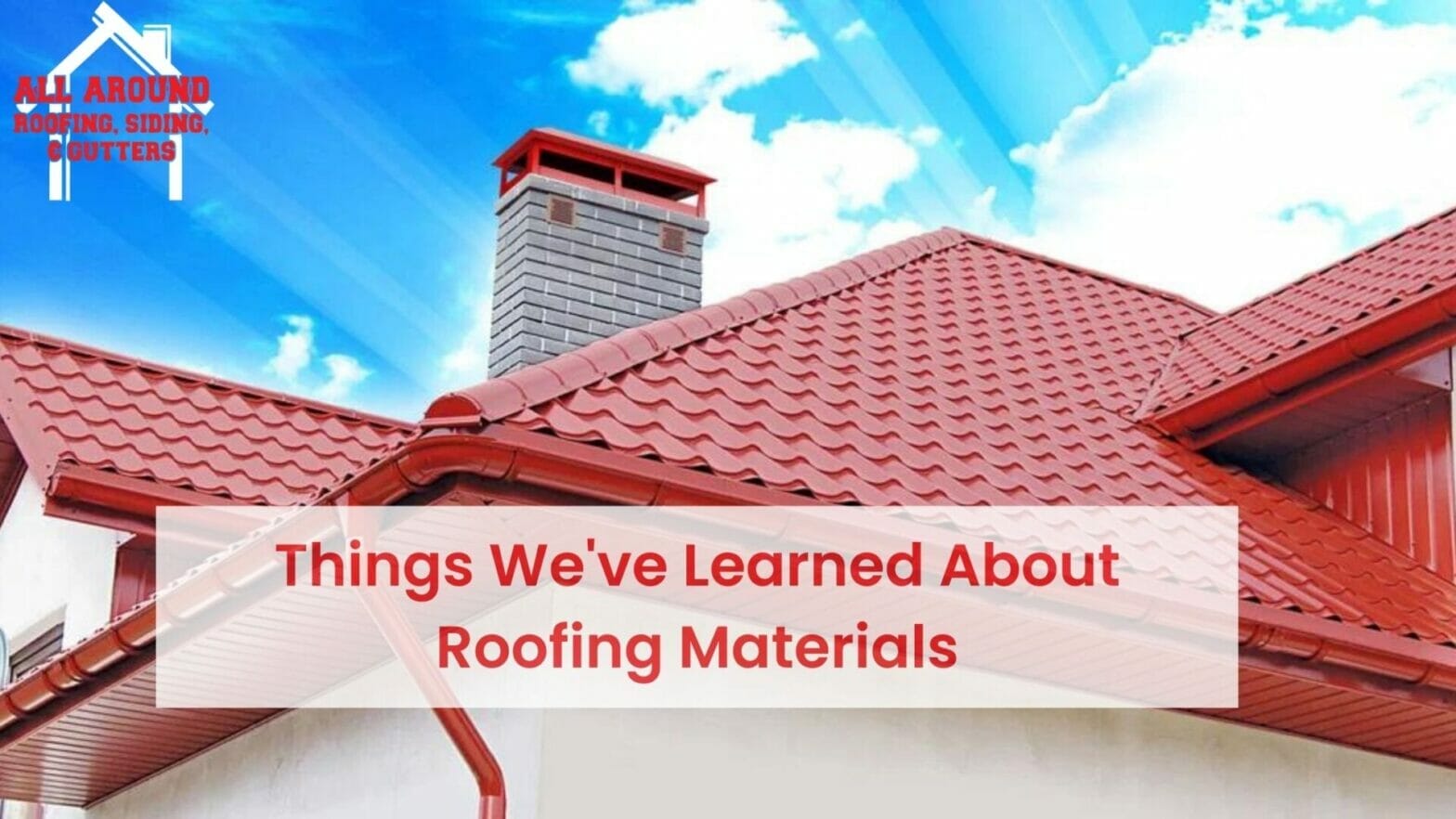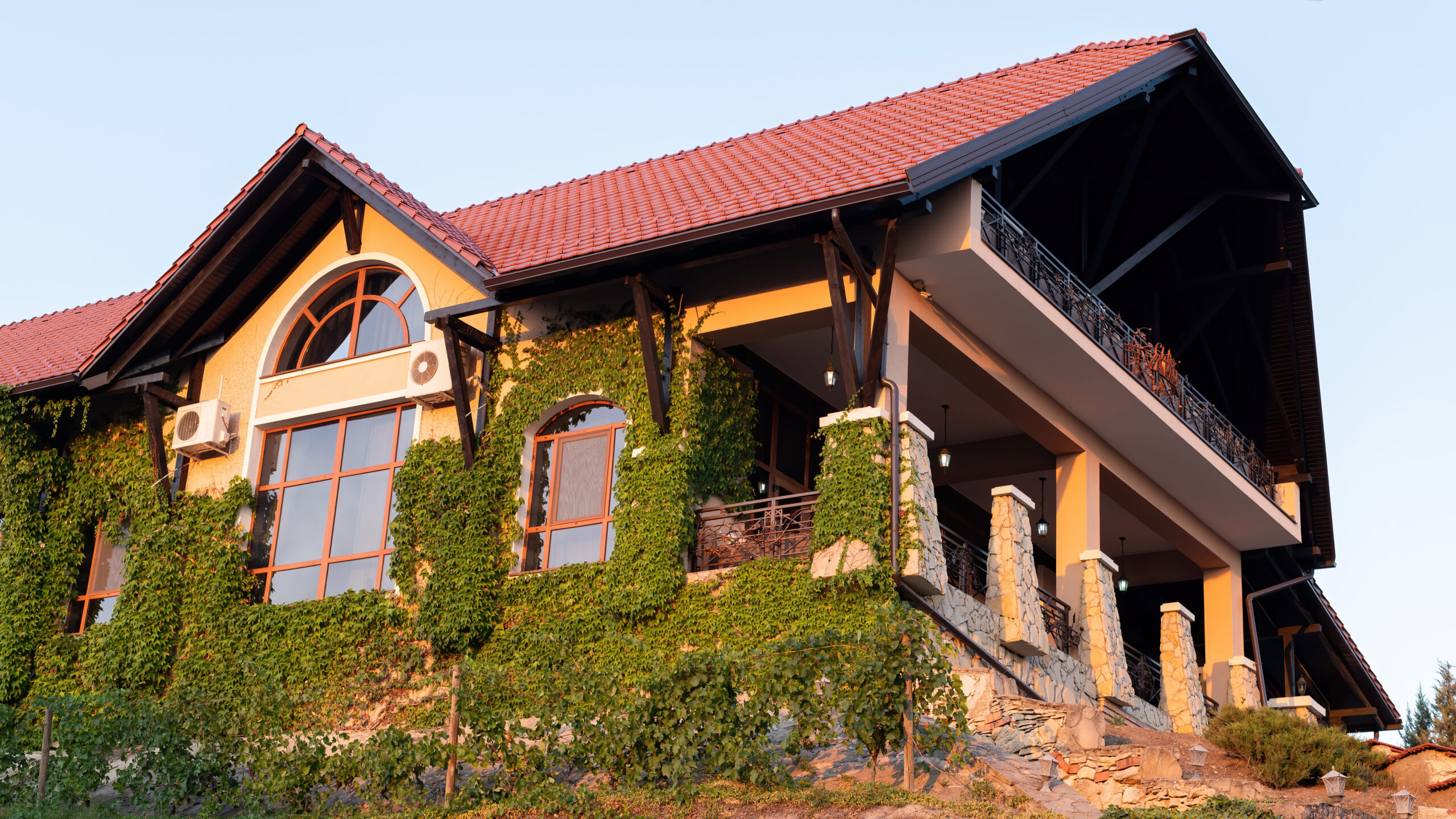Making the wrong decision can have unexpected and undesirable consequences, whether it’s related to your roof, or anything else in life. Choosing the right roofing material is one of the most important decisions for your roof as it determines your roof’s lifespan and protective capabilities. It’s crucial to choose a material that meets your home’s specific requirements in order to avoid potential issues down the line. This requires a solid understanding of the roofing materials available on the market.
This guide is designed to provide you with the knowledge and expert opinions you need to make informed decisions about your roofing materials. It’s up to you to make the most of this resource and use it to your advantage.
1. Durability And Longevity
Durability is the ability of a roofing material to remain functional without damage during extreme weather conditions and forceful impacts. A roofing material that can withstand various weather events, such as high winds and hail, is considered durable. There are certain key factors that identify the durability of roofing materials, including their chemical composition, thickness, and density. The most durable roofing materials that have been tested and recommended to resist extreme weather conditions are metal and tile.
Metal and tile roofs have been used for centuries for their unmatched lifespan, durability, and weather resistance properties. Metal roofs, including those made of copper, steel, and aluminum, can last over 50 years, while tile roofs, including clay and concrete tiles, are able to last up to 100 years.
2. Aesthetics
Your home’s appearance is important because it reflects your lifestyle and standards. The roofing materials you choose, and their aesthetic appeal play a significant role in achieving this. If your roofing materials don’t match your lifestyle and standards, they may create a negative impression on others. Additionally, it’s important to select a roofing material that meets local building codes while still being aesthetically pleasing to you.
Although almost all roofing materials are aesthetically pleasing and add to curb appeal, clay tile, cedar shake, and natural slate stand out while also providing durability. Additionally, metal roofs provide a modern and sleek appearance, while also offering durability and longevity to a home or business.
3. Energy Efficiency
Energy efficiency is an important factor to consider when choosing a roofing material for your home or business. The energy-efficient qualities of a roofing material cut down on your energy bills and help you maintain a consistent temperature inside your home or office.
In contrast, any roofing material that allows water to penetrate the interior and lets moisture seep in is not energy-inefficient and can cause you to pay for roof repairs and replacements down the line.
To counter these issues, look for an energy-efficient roofing material that can save you money on energy bills for a long time, like a type of metal. Metal roofs reflect the sun’s rays, making your attic cooler and promoting energy efficiency while also being insulative.
4. Cost
Staying within budget when choosing a durable and visually appealing roofing material is a skill that takes time to master. However, investing in a roof that has a higher upfront cost, but will accompany you for a lifetime, is worth the investment. Roofing materials that fall within this cost category include metal and tile roofs.
In contrast, asphalt shingles are a material that’s easier to install, and is quite affordable, but their major problem is their short lifespan and their need for frequent repairs. Asphalt shingles can last up to 30 years, but they require frequent maintenance and repairs to reach this age. Additionally, in areas with extreme weather, asphalt shingles may not be worth spending money on just because they are affordable or widely available.
5. Climate Considerations
It’s crucial to choose roofing materials that are suitable for the climate in your area in order to ensure maximum protection and comfort for your home. Different roofing materials are more effective and provide better benefits for different weather conditions. For example, in hot and sunny climates, materials that are reflective and have good insulation properties are preferred, as they help keep the interior of the house cool and reduce energy costs. In regions prone to heavy rainfall or snowfall, materials with a high level of durability and waterproofing abilities are essential to prevent water damage and leaks.
Homeowners may also consider the climate in terms of sustainability and try to purchase roofing materials that are sustainable. For example, traditional asphalt shingles are petroleum-based and non-biodegradable, leading to significant waste in landfills. On the other hand, metal and tile roofs are sustainable and eco-friendly materials that can be stored for future purposes.

6. Maintenance And Upkeep
Choosing a roofing material that requires relatively low maintenance and upkeep can be beneficial to you as well as the roof. It’s understandable that if you have a busy schedule, you may not always go on your roof to drain ponding water and remove clumps of debris. However, by not doing so, your roof will be susceptible to roof damage and water leaks, increasing the chances of paying for repair and replacement costs.
Roofs that utilize metal, tile, EPDM, and TPO require minimal maintenance in order to keep them healthy and long-lasting. Additionally, since asphalt shingles also require a low level of care and regular cleaning, they can be a good choice for busy homeowners.
7. Noise Reduction
Homes near railway stations, airports, and public transport have a higher chance of experiencing loud noise. Therefore, home and business owners living nearby look for roofs that can reduce noise pollution by absorbing or reflecting a significant part of it.
Many people have the misconception that metal roofs are loud and noisy. But this is only true if you haven’t installed a roof underlayment. Having the proper underlayment under a metal roof prevents noise pollution inside a building, and also prevents other forms of noise, such as the noise of hail or rain hitting the metal roof, making inhabitants more comfortable and relaxed in a quiet home.
Additionally, clay and concrete tiles, and slate roofs, also effectively absorb sound due to their weight and thickness. These roofing materials provide an additional layer of sound insulation, creating a peaceful and comfortable indoor environment.
8. Fire Resistance
When it comes to roofing materials, fire resistance is an important consideration, particularly in areas with a high risk of wildfires or where building codes require fire-resistant materials. A fire-resistant roof can help prevent the spread of flames and protect the structural integrity of a building, potentially saving lives and property. There are several roofing materials available on the market that are known for their fire-resistant properties. One of the most fire-resistant materials is metal, particularly steel or aluminum, as they have a Class A fire rating, which is the highest rating for fire resistance.
Additionally, clay and concrete tiles, slate, and some types of asphalt shingles, also provide good fire resistance. These materials are generally made of non-combustible materials or have additives that improve their fire-resistant properties.
9. Installation Process
The quality of your roofing materials depends on the skill level of the contractors your hire to install them. In many areas, finding qualified and experienced roofers can be difficult for some roofing materials, including tile roofs. Asphalt shingles and metal roofs are easy to install, which makes them a popular choice, and contractors who handle these materials are readily available, as the roof can be installed quickly and affordably.
In contrast, other roofing materials, such as tile roofs and EPDM flat roofs require more time and effort to install. These materials often require an increased amount of labor and special additives to ensure their longevity. Therefore, it is essential to consider the installation process when selecting a roofing material, as opting for materials that are easy to install can save both time and money.
10. Local Area Building Codes
Following local building codes when choosing roofing materials is crucial for ensuring the roofing system of a building is safe, durable, and efficient. These codes are developed to regulate the construction of buildings within a particular area and ensure that they meet minimum safety and quality standards. Failure to adhere to these codes can lead to serious safety hazards, costly repairs, and legal consequences.
One of the critical points that should be followed within local building codes is the choice of roofing materials. Different regions have different roofing requirements based on their climate, environmental conditions, and other factors. Therefore, choosing roofing materials that meet or exceed these requirements is essential to ensuring the roof’s longevity and performance.
Do You Want To Install A Durable And Long-lasting Roof In Springfield, Ohio?
If you’re trying to install a roof that lasts a long time and is durable enough, you’re in the right place. Contact All Around Roofing, Siding & Gutters today at (937) 902-2839 for a free consultation with our experts. Our team is proficient in providing all kinds of roofing services, including roof replacement, installation, and repair.




